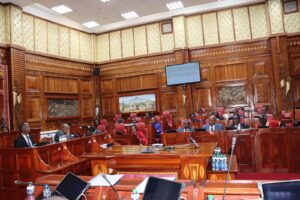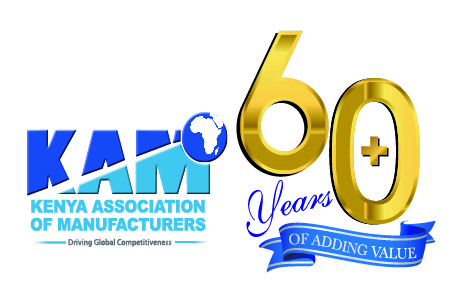KAM engages Parliamentary Departmental Committee on Energy

Commercial and industrial consumers play a significant role in Kenya’s energy sector, accounting for 55% of the energy sold by Kenya Power.
Today, KAM engaged the Parliamentary Departmental Committee on Energy to discuss challenges faced by manufacturers in relation to power supply. During the meeting, various issues were discussed, including Time-of-use tariffs, taxes and levies, reliability of power supply, and reliance on thermal production as a substitute.
KAM Head of Policy, Research and Advocacy, Job Wanjohi remarked that the high cost of electricity in Kenya has a significant impact on the overall economy. “Electricity cost being an input cost, Kenya’s goods and services prices remain comparatively higher in the region. This is likely to incentivize imports more than local production.”
He added that with high energy costs, Kenya continues to lose its attractiveness as an investment destination with the results of lower direct foreign investment inflows (1.3% FDI net inflow/GDP in 2019). “High electricity costs may negatively impact the competitiveness of Kenyan exports to international markets. We may need to focus on improving our energy infrastructure, explore alternative and renewable energy sources, and implement policies to reduce electricity costs.”
In addition to the presented proposals, KAM emphasized the importance of restructuring Time-of-use tariffs to attract more industrial customers and enhance capacity utilization during off-peak periods, as well as maximizing the utilization of current geothermal power plants, including Kengen, from their current capacity of 62% to 97%.
The Parliamentary Departmental Committee on Energy Chair, Hon Vincent Musau, expressed that the committee shares a common understanding of the industry’s concerns. He affirmed that the committee is collaborating with EPRA (Energy and Petroleum Regulatory Authority), WARMA (Water Resources Management Authority), and KPLC (Kenya Power and Lighting Company) to tackle and resolve these challenges.
Looking for elevation? KAM lifts you up.
- Direct technical assistance
- Capacity building programmes
- Networking and mentorship
- Industry insights & analysis
- Trade & export development services
